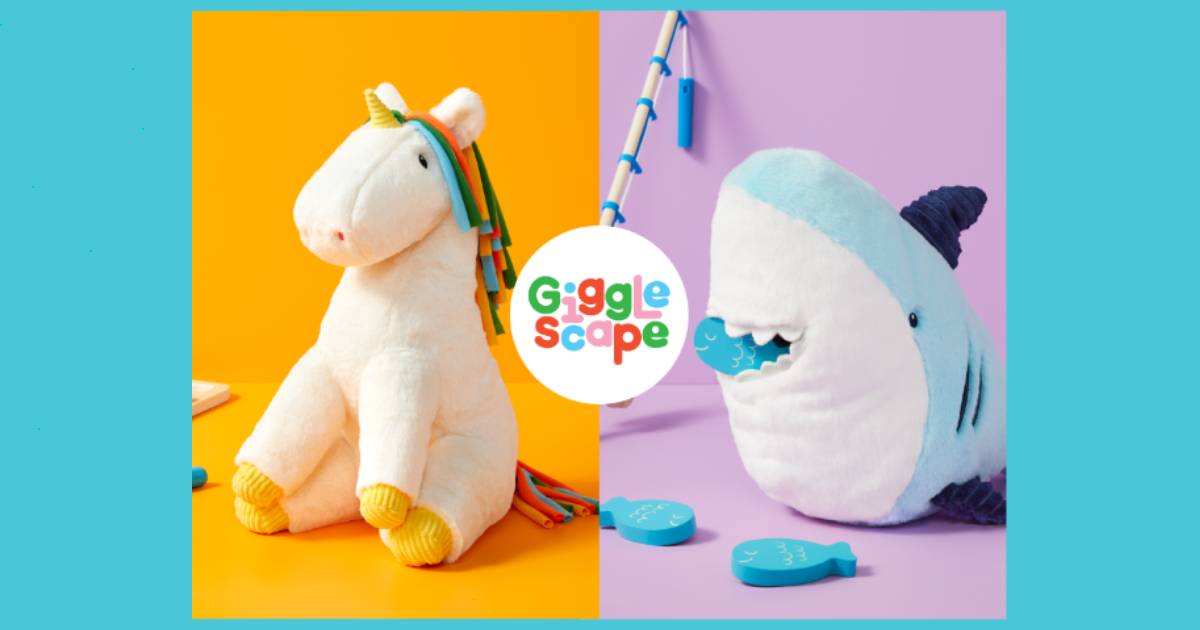Target Builds a Private Label Foundation

By Mark Seavy
Target’s private label brands are “foundational” to its merchandising strategy going forward as it further builds out a business that generates $30 billion in annual sales, Chief Growth Officer Christina Hennington said at Target’s annual investor day conference on March 5 in New York.
Private label brands across multiple categories account for 33% of the retailer’s annual sales, with many of the new entries targeting “value” prices, said Jill Sando, Target’s EVP and Chief Merchandising Officer for Apparel & Accessories, Home, and Hardlines.
“We have evolved our capabilities and are now working more like a CPG company with research and analysis and looking hard at available white space. That has shaped our decision-making around existing brands,” said Sando, noting that Target’s product design and sourcing unit has 20 offices in 14 countries.
Indeed, many of Target’s recent private label introductions are aimed at entry-level pricing.
The toy brand Gigglescape, for example, recently launched with 28 plush items and will expand to include books, puzzles, and other toys, many priced at $10 or less. The line is also Target’s first range aimed at Generation Alpha (children 10 years and under), Sando said.
The retailer relaunched its up & up brand on February 18th across baby, beauty, home, and healthcare products, many of which are priced at $7 or less. The brand currently produces about $3 billion in annual sales across 2,000 SKUs. The relaunch features product “improvements” across 40% of the line, said Rick Gomez, EVP and Chief Food, Essentials, and Beauty Officer at Target.
The Dealworthy brand was recently introduced with pricing at $10 and under for a number of items, including socks, laundry detergent, and electronics. The line will feature 400 SKUs, most of them at entry-level prices, Gomez said.
Good & Gather, which launched in 2019, produces $4 billion in annual revenue across organic snacks, milk, ready-made pasta, and other items, and is expanding into baby and toddler foods, Gomez said. Cat & Jack, meanwhile, sells about 300 million units of children’s apparel annually to the tune of $3 billion in sales, according to Sando. Cat & Jack was among the first private labels introduced when Target began its most recent private label push in 2016.
While private label expansion at retail has traditionally run in cycles, this current version shows little sign of slowing down. That could pose a challenge for licensed goods, which face being squeezed out of shelf space as a result.
“Our own band capabilities will only become more prominent in the decade ahead,” said Hennington. “[Target’s] own brands are foundational to many of our plans and that is because the investments made in our capabilities and team over two decades have combined to form a competitive advantage that few retailers can match. This is not just a competitive mode in which we are hunkering down and playing defense. This is a springboard into the future with the incredible value our own brands offered across key categories.”
That springboard will be further fueled by the 300 “larger” stores Target plans to open during the next 10 years as part of capital spending that is expected to range from $3.5 to $5.5 billion, company executives said. Target forecasted sales will increase 0-2% this year before returning to 4% annual increases going forward, according to company executives.




